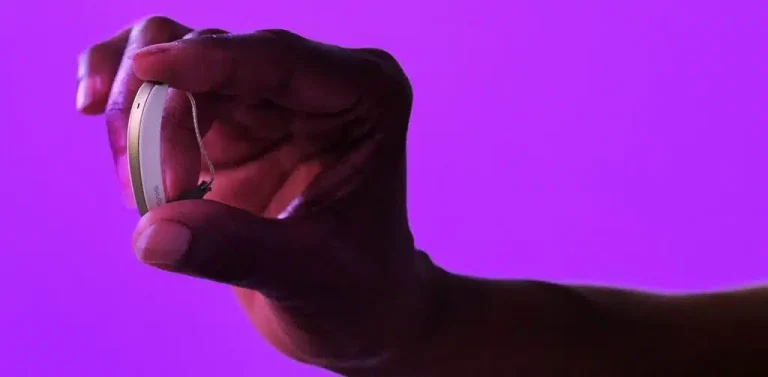If you have malocclusion or jaw irregularities, your dentist may recommend seeing an orthodontist. An orthodontist specializes in treating malocclusion and should not be confused with an endodontist who specializes in treating conditions concerning dental pulp. In other words, an orthodontist will help fix a bad bite, while an endodontist will do root canal therapy when a tooth is infected. If you are visiting an edmond dentist for orthodontic treatments, here’s what you need to know.
Reasons to see an orthodontist
There are various reasons why you may need to see an orthodontist. In most cases, your dentist will make a recommendation based on the symptoms or findings. You may need orthodontic care if you have –
- Overcrowding of teeth
- An underbite, which happens when the lower jaw is more pronounced and causes malocclusion
- An overbite, which happens when the upper jaw is more protruding

What does orthodontic treatment involve?
As the first step, the dentist will take x-rays and bite impressions to get a visual overview of the smile. They will also order other imaging tests if needed. If realigning the teeth is going to resolve the issues that a patient is facing, they will discuss the treatment options in detail. If the symmetry of the face must be altered, and when that seems necessary, the dentist will collaborate with an oral surgeon. Typically, treatments involve the use of orthodontic appliances.
Types of orthodontic appliances explained
The simplest example of orthodontic appliances is those metal braces that people have been using for decades. Of course, times have changed, and today you have invisible brackets too. Metal orthodontic appliances are still useful for many cases, and it depends on the extent of malocclusion. For instance, if you have moderately misaligned teeth, you may benefit from invisible trays, but for more extensive rearrangement of the teeth, metal orthodontic appliances are necessary. There are two broad categories of orthodontic appliances – fixed and removable. The fixed orthodontic appliances must be tightened after a few weeks to get the desired results, and you may have to wear the braces for as long as 30 months. Removable devices, on the other hand, are meant to be removed and are obviously more convenient.
Your orthodontist will create a custom treatment plan based on the initial diagnosis. If you are concerned about the look of metal braces, talk to your dentist to see if other options can be considered.



















